Mowing the grass can be a real chore and very time consuming if the correct machinery is not at hand. Whether you are mowing half an acre or three acres, there is a mower for you. The two main types of mowers available for large lawns are the tractor-type and zero-turn.
For this test, we took one of each and put them through their paces. The budget we set was €5,000, which seems like a lot of money, but is what you need to spend to cut larger lawns with any degree of comfort.
The test was undertaken on a lawn which had not been cut since last autumn. To say it was a challenge would be an understatement, with both a huge volume of grass and some seriously wet material to be cut.
Tractor-type
These are the most common machines seen running around the lawns of Ireland and are very familiar to most of us. The machine that we used for the test was a Simplicity SRD 300 with a 42in deck.
This machine is powered by a Briggs and Stratton professional series 8270 V-twin engine with electric starting and an 11-litre fuel capacity. This is the largest of the SRD range and is capable of getting through serious ground if conditions are good.
For the purpose of this test, the mulching plug was inserted, meaning that this machine was not using its rear discharge and collection system. Getting the mower started involved the usual things such as making sure the electric switch is disengaged and the brake pedal is pushed.
This mower is driven through a hydrostatic transmission, giving seamless forward speed up to 9km/h and 5.6km/h in reverse. Cutting in reverse is engaged via a button on the dash and is very useful for getting tight corners cut without too much to-ing and fro-ing.
Once on open ground, the tractor mower was able to work away at 5km/h; any quicker and the deck has a tendency to block and leave lumps of grass every few metres.
Having cut for a couple of hours in an intricate garden with lots of awkward corners, the constant direction changes became a little tedious, but by no means tiring. For the test, the cutting height was set to number five on the seven-part scale, which gives a range of 3.8cm to 8.9cm. When measured afterwards, the grass was standing at approximately 7.5cm. A 42in deck cuts a lot of grass during each pass and trying to cut any lower at this time of year would be an unfair test for any machine.
Zero-Turn
Zero-turn machines are most often seen as the machines cutting the local GAA pitch and for this reason are thought to be more of a contractor or landscaper’s machine, but when the lawn is on the larger side, zero-turn machines become a real option.
Zero-turn machines stand out because of their lack of a steering wheel. Explaining how they work is a challenge. When sitting on the machine, there are two levers in front of you, which control the direction and speed of the rear wheels separately; the front wheels are non-powered and are set on casters. This allows the mower to turn in its own length, hence the name zero-turn.
Pushing both levers forward makes the machine go forward, pulling them backward together has the opposite effect and one back and one forward turns the machine either way, depending on which is forward or back.
The machine we got for the test was a Hustler Raptor with a 42in deck, with the optional mulching kit fitted. The mower is powered by a Kawasaki FR541 engine which produces 15hp.
The hustler is alien in comparison to the tractor-type, but after a few minutes of manoeuvring in an open area, control of the zero-turn machine starts to become second nature. Once confident enough to start mowing, the zero-turn has the ability to travel at a greater forward speed and still do a good clean job at approximately the same finished cut height as the tractor-type machine.
This increased forward speed and the ability of the hustler to manoeuvre in and around tight corners with amazing ease means that some serious output is possible from one of these machines. The zero-turn, with its mulching kit on, was well able to handle the tough conditions that were present on the day, with it leaving a good clear cut after each pass.
With these two different style ofmachines, there is a serious argument for horses for courses. The tractor-type will suit a lot of people because it is what they are used to and their garden was designed or just happens to work very well with this type of machine – there is no need for the agility and speed of the zero-turn machine.
I personally would choose the zero-turn machine because many gardens have some really awkward corners that can cause real problems on the tractor-type machine – the zero-turn makes these easy and actually fun to cut.
The ability of the zero-turn to eat grass in open ground makes me think that if you have a lawn that is sizeable and sometimes awkward, the zero-turn machine should be a serious consideration whenever a new mower is on the cards. CL

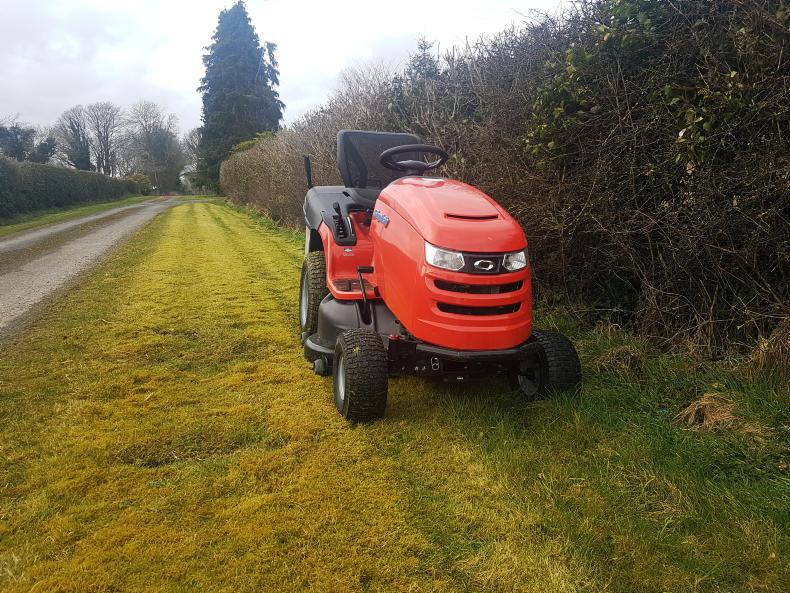




 This is a subscriber-only article
This is a subscriber-only article





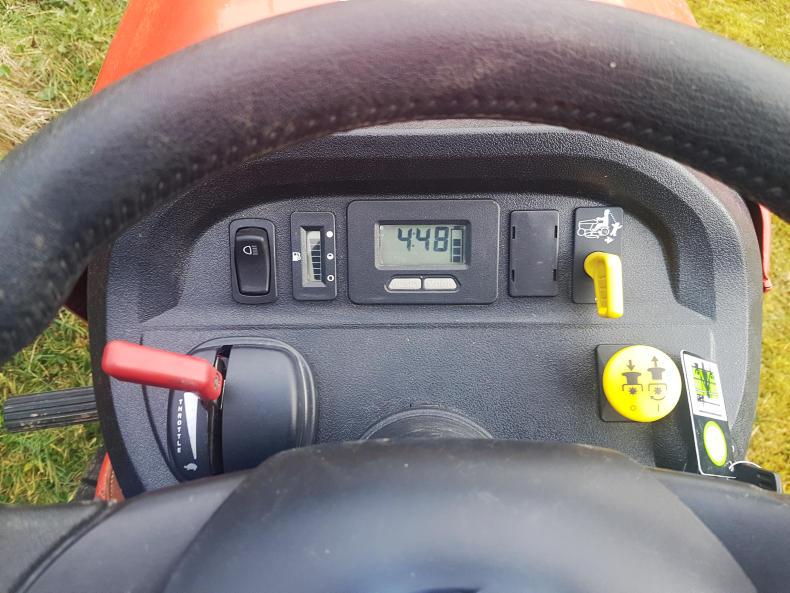
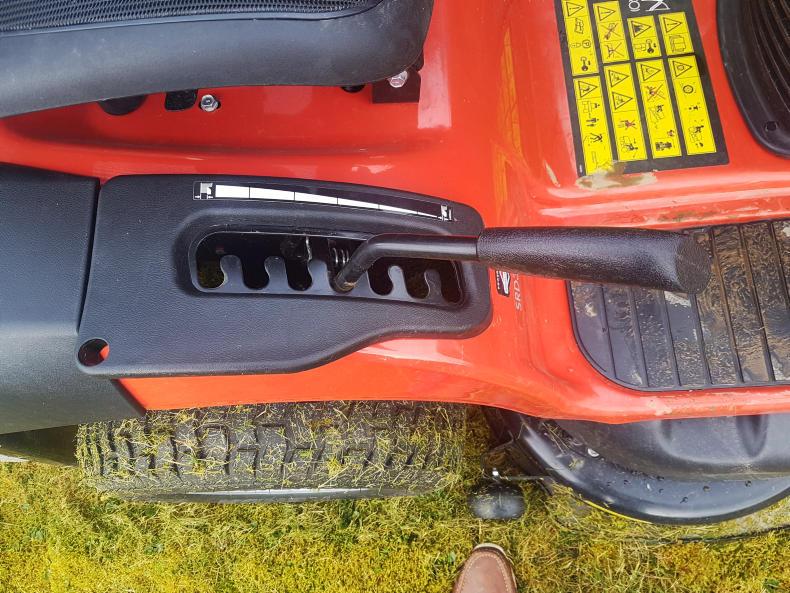





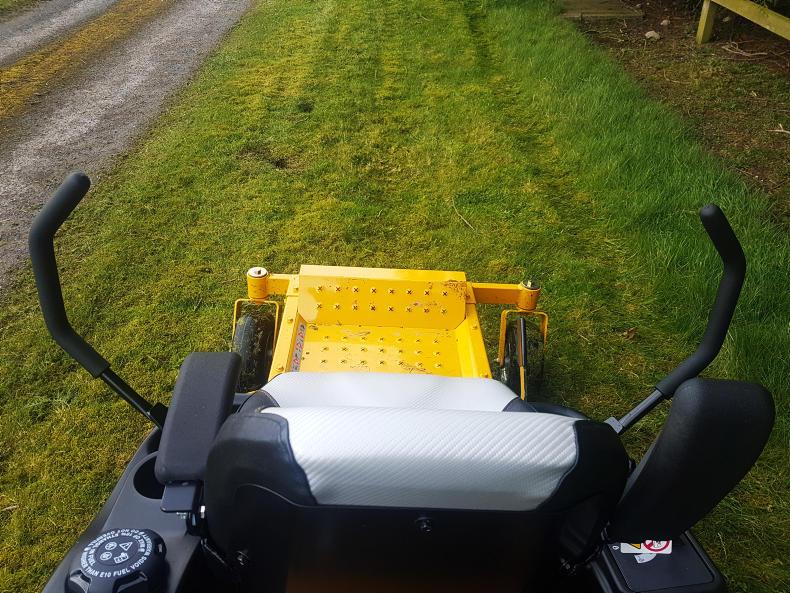
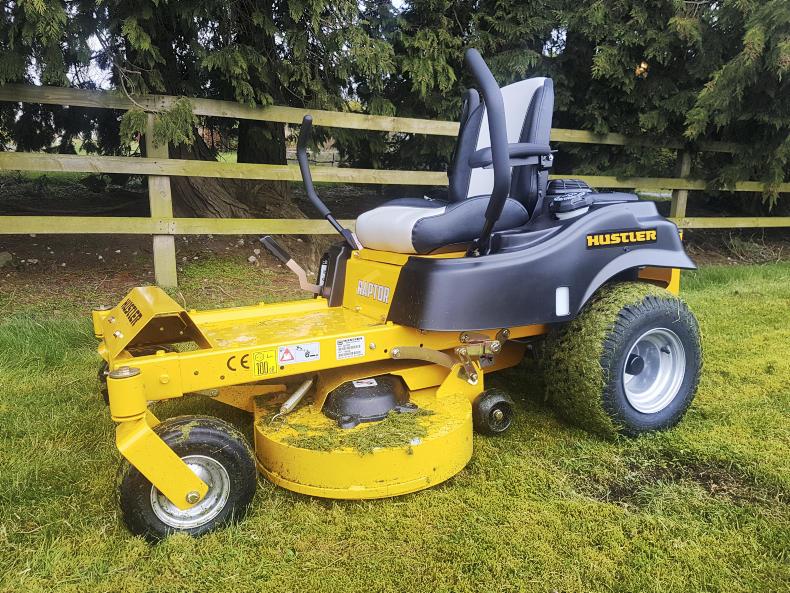





SHARING OPTIONS: